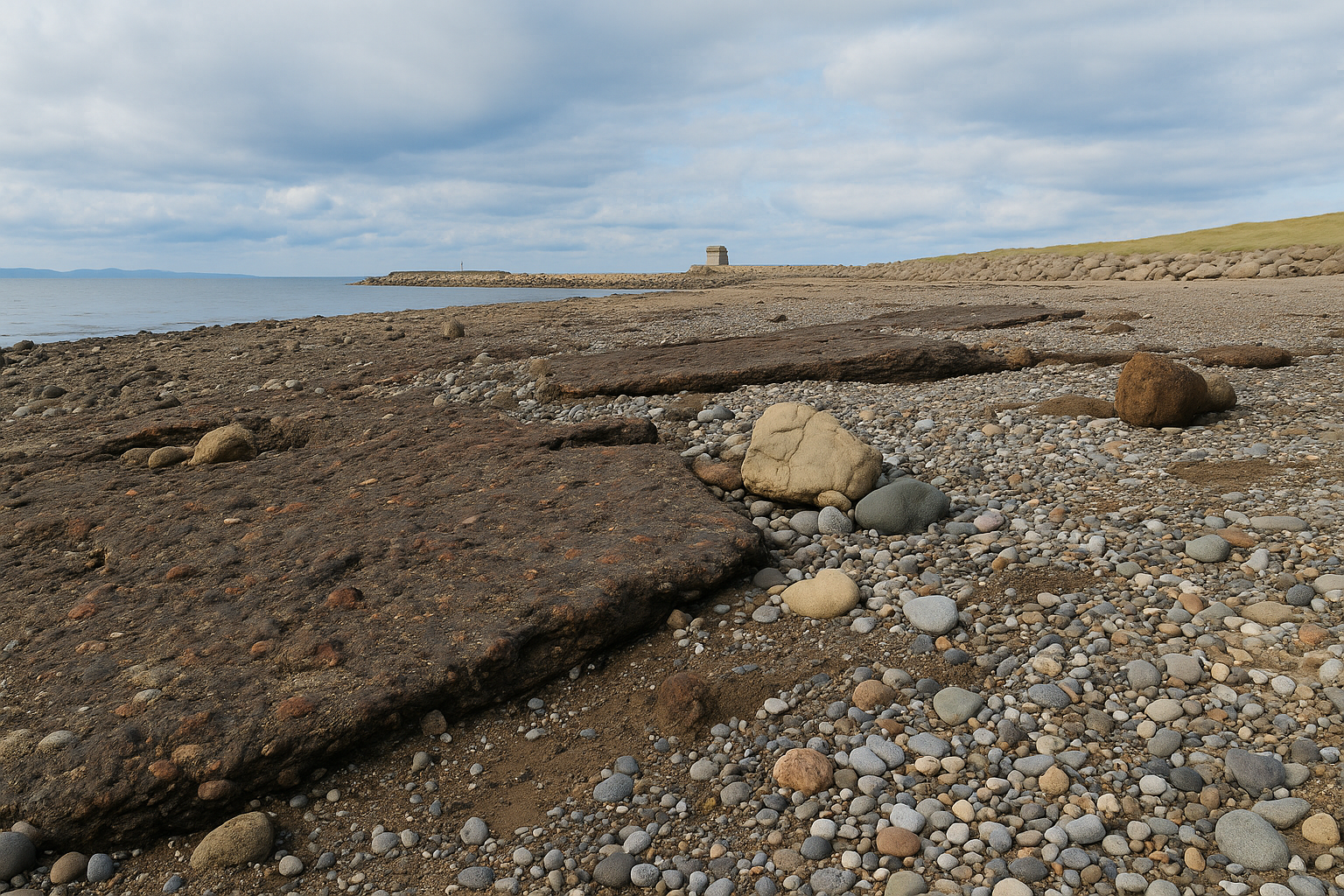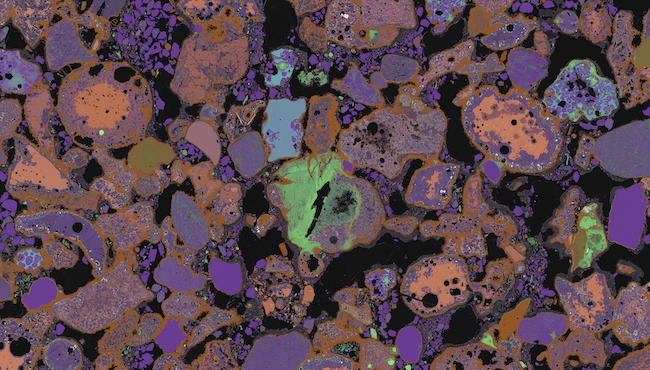Industrial Waste Becomes Rock in Decades, Not Millennia

Researchers at the University of Glasgow have identified a new, rapid geological process wherein industrial waste, specifically slag from steel production, transforms into rock formations within mere decades. This phenomenon, termed the 'anthropoclastic rock cycle,' challenges longstanding beliefs that rock formation is a process spanning thousands to millions of years.
The study focused on the Derwent Howe site in West Cumbria, a coastal area that accumulated approximately 27 million cubic meters of furnace slag during the 19th and 20th centuries. Researchers observed that this industrial byproduct has been forming solid rock structures in as little as 35 years.
Detailed analyses using electron microscopy, X-ray diffraction, and Raman spectroscopy revealed that the slag contains reactive elements like calcium, iron, magnesium, and manganese. When exposed to seawater and air, these elements undergo chemical reactions, forming natural cements such as calcite, goethite, and brucite—substances typically found in sedimentary rocks.

Dr. Amanda Owen, the study's lead author, stated, "For a couple of hundred years, we've understood the rock cycle as a natural process that takes thousands to millions of years. What's remarkable here is that we've found these human-made materials being incorporated into natural systems and becoming lithified—essentially turning into rock—over the course of decades instead."
The researchers caution that this accelerated rock formation could have unforeseen impacts on ecosystems, biodiversity, coastal management, and land planning. The presence of modern materials, such as an aluminum drinks can tab found encased in the newly formed rock, underscores the profound and lasting influence of human activity on Earth's geological processes.